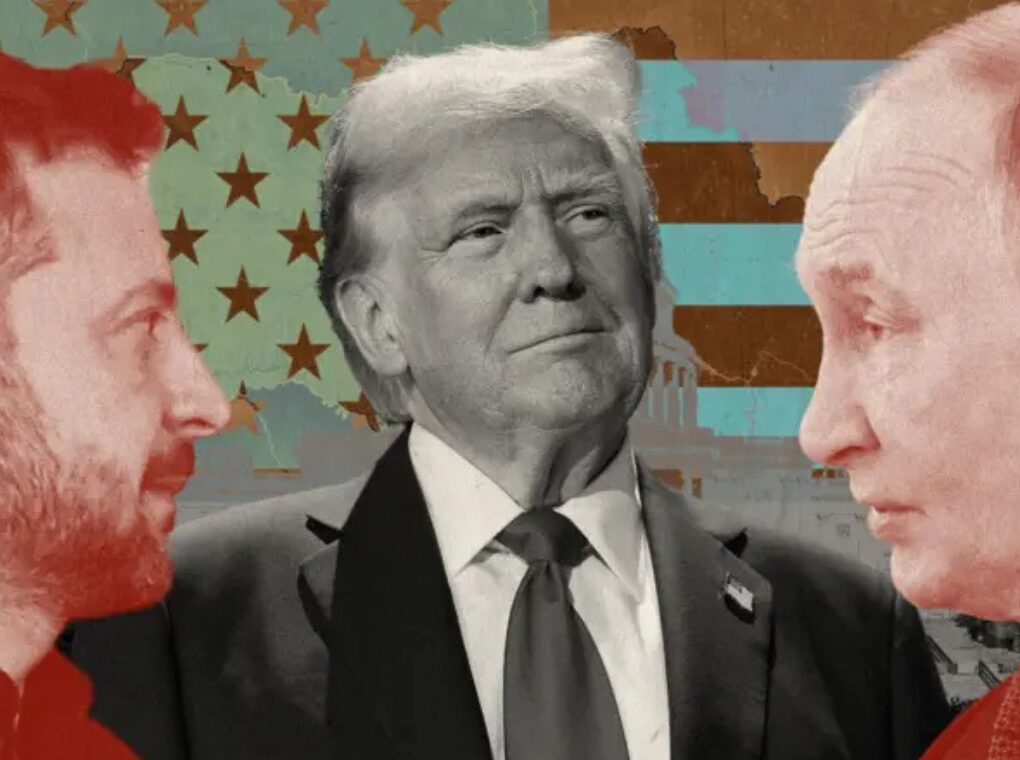In a significant policy reversal, President Donald Trump has announced the resumption of U.S. weapon supplies to Ukraine, just days after his administration paused critical arms deliveries.
This move comes amid intensified Russian military offensives and mounting Ukrainian casualties, raising questions about U.S. strategic priorities, alliance management, and the evolving dynamics of the Russia-Ukraine war.
The Policy Reversal: From Pause to Resumption
Last week, the Trump administration unexpectedly halted shipments of key military equipment to Ukraine, including Patriot air defense missiles and precision-guided artillery. The official rationale cited concerns over dwindling U.S. stockpiles and the need to reassess global munitions distribution.
The pause triggered alarm in Kyiv, with Ukrainian officials warning that the delay would leave their cities vulnerable to escalating Russian missile and drone attacks.
On July 7, President Trump reversed course, announcing that the U.S. would send more weapons—primarily defensive systems—to Ukraine. Speaking to reporters, he justified the decision by citing the severity of Russian attacks and the urgent need for Ukraine to defend itself:
“They have to be able to defend themselves. They’re getting hit very hard now. We’re going to have to send more weapons defensive weapons primarily”.
Trump also made clear his dissatisfaction with Russian President Vladimir Putin, stating he was “not happy” with the Russian leader. This remark highlights Trump’s disapproval of Moscow’s ongoing aggression, even as he faces criticism for his previous ambivalence toward Russia.
Putin, who launched the full-scale invasion of Ukraine in 2022, has demonstrated little willingness to end the conflict, despite both international condemnation and direct pressure from Trump.
This shift followed direct appeals from Ukrainian President Volodymyr Zelensky and came as Russia claimed new territorial gains in central Ukraine.
Also Read: Trump says “Putin Doesn’t Want to Stop War”
Motivations Behind the Shift
Escalating Russian Offensives: Russian forces have intensified missile and drone strikes, inflicting heavy civilian and military casualties in Ukraine.
Ukrainian Vulnerability: The pause in U.S. arms deliveries coincided with some of the most severe attacks since the war began, exposing gaps in Ukraine’s air defenses.
Alliance Management: The pause drew criticism from both U.S. lawmakers and NATO partners, who viewed it as undermining the West’s collective stance against Russian aggression.
Ukrainian Diplomacy: Zelensky’s direct engagement with Trump, emphasizing the need for advanced air defense systems, played a role in the policy turnaround.
Strategic Calculations
Balancing U.S. Stockpiles: The Pentagon’s initial concern was the depletion of U.S. munitions, especially as military priorities shift globally.
Signaling to Russia: The reversal can be interpreted as a message to Moscow that the U.S. remains committed to supporting Ukraine, especially after Russian officials welcomed the temporary pause as a diplomatic victory.
What Weapons Are Being Supplied?
Defensive Systems: The renewed shipments are expected to focus on defensive weapons, particularly air defense systems like the Patriot missile batteries, which Ukraine has repeatedly requested.
Precision Artillery: Other deliveries may include precision-guided artillery and munitions, essential for countering Russian advances and protecting urban centers.
Implications for the War and U.S. Policy
For Ukraine
Short-Term Relief: The resumption of arms deliveries provides Ukraine with much-needed resources to defend against intensified Russian attacks, especially in the air domain.
Morale and Political Support: The move reassures both Ukrainian leadership and the public of continued U.S. backing at a critical juncture.
For the U.S.
Strategic Ambiguity: The episode highlights ongoing tensions within the Trump administration over the balance between supporting Ukraine and safeguarding U.S. military readiness.
Alliance Credibility: The reversal may help restore some confidence among NATO allies, though the initial pause has raised questions about the reliability of U.S. commitments.
For Russia
Mixed Signals: The brief pause followed by a resumption of aid may embolden Russian calculations about Western resolve, but the renewed flow of weapons signals continued U.S. engagement in the conflict.
Geopolitical Consequences
NATO Cohesion: The episode underscores the fragility of Western unity on Ukraine, with European allies closely watching U.S. policy signals.
Arms Stockpile Management: The Pentagon’s concerns about munitions depletion highlight the broader challenge of sustaining long-term support for Ukraine while preparing for other global contingencies.
Diplomatic Leverage: Trump’s willingness to pause and then resume aid suggests a strategy of using arms deliveries as leverage in negotiations with both Kyiv and Moscow.
Also Read: How Trump’s Decisions Are Shifting Power Toward Russia ?
President Trump’s decision to resume weapon supplies to Ukraine marks a critical, if reactive, recalibration of U.S. policy in response to battlefield developments and diplomatic pressures.
While the move provides immediate relief to Ukraine and reassures allies, it also exposes the complexities and contradictions in U.S. strategy—balancing support for partners, managing domestic resources, and signaling intentions to adversaries.
The episode serves as a reminder that in the ongoing war in Ukraine, U.S. policy remains highly dynamic, shaped by both events on the ground and the shifting calculus in Washington
